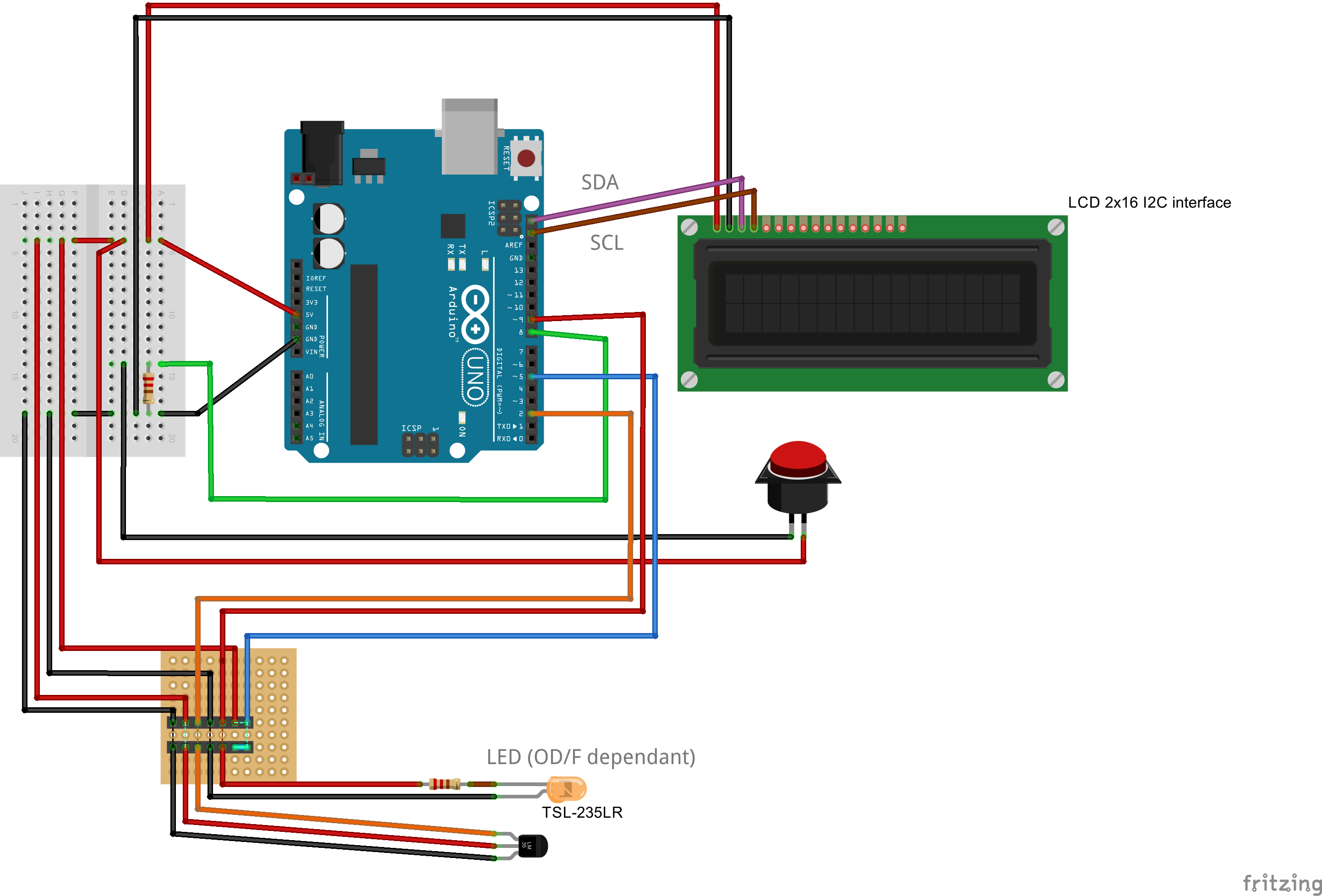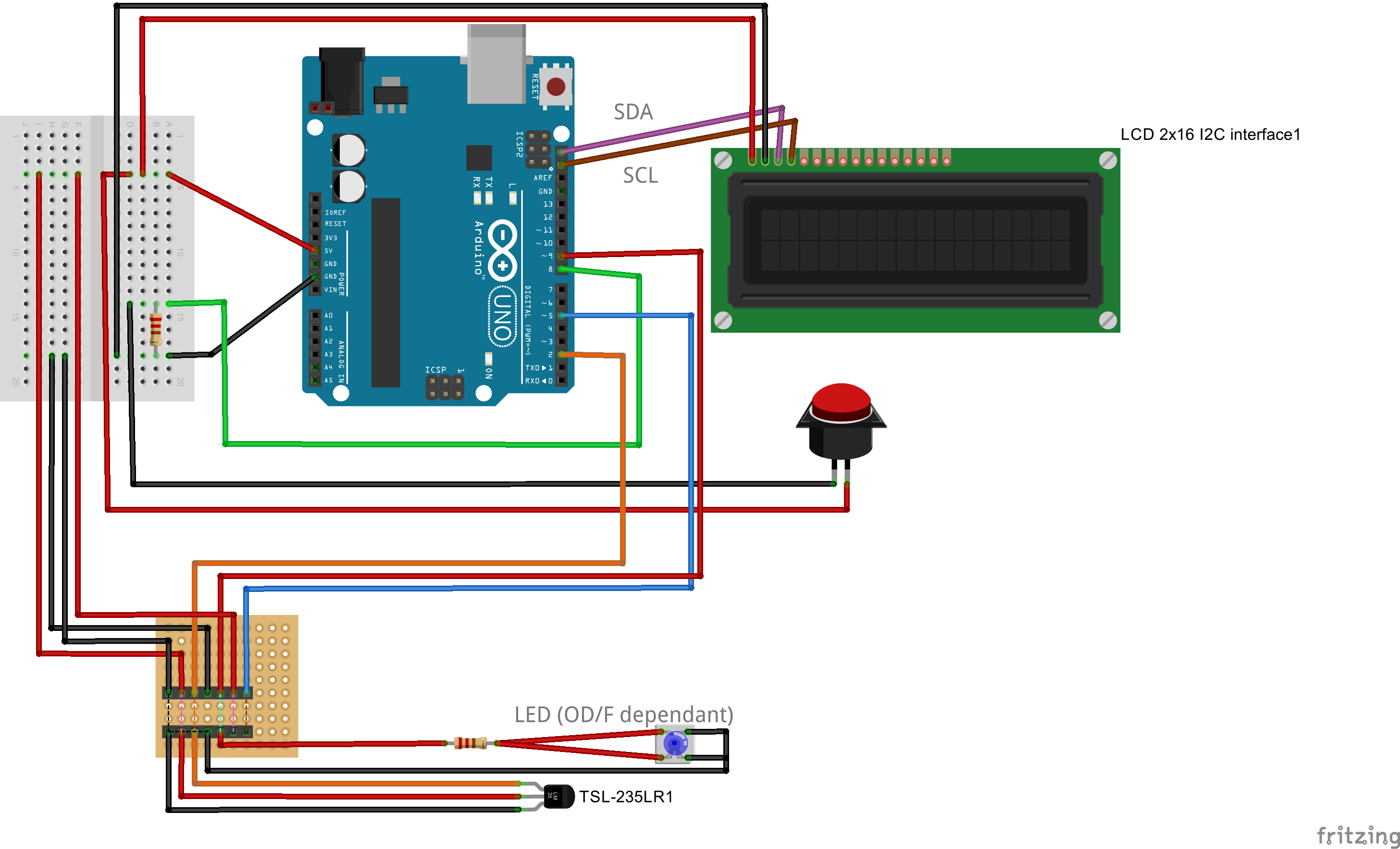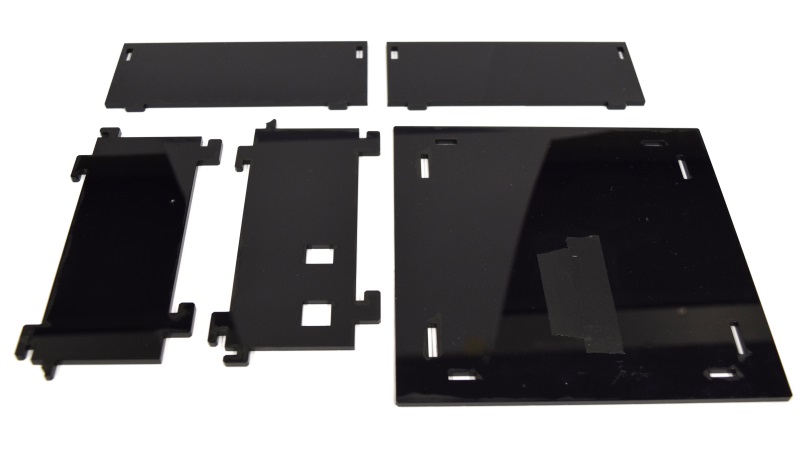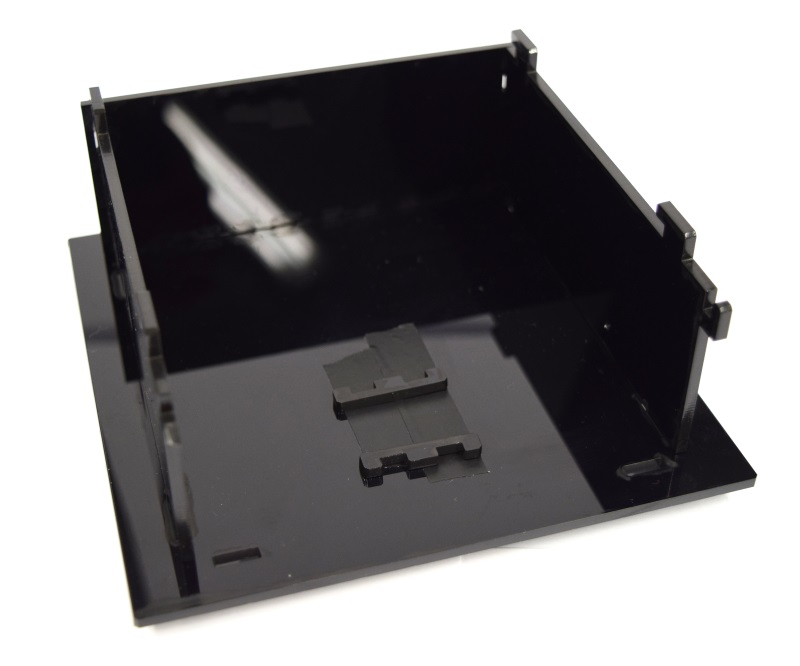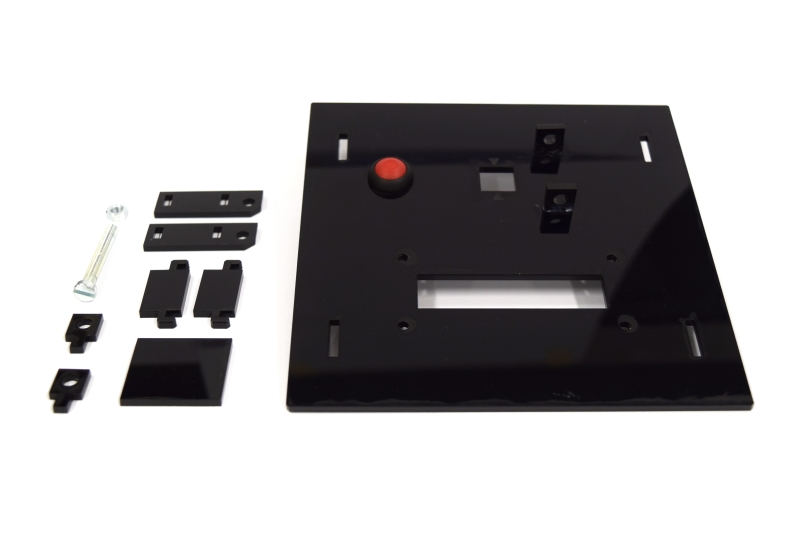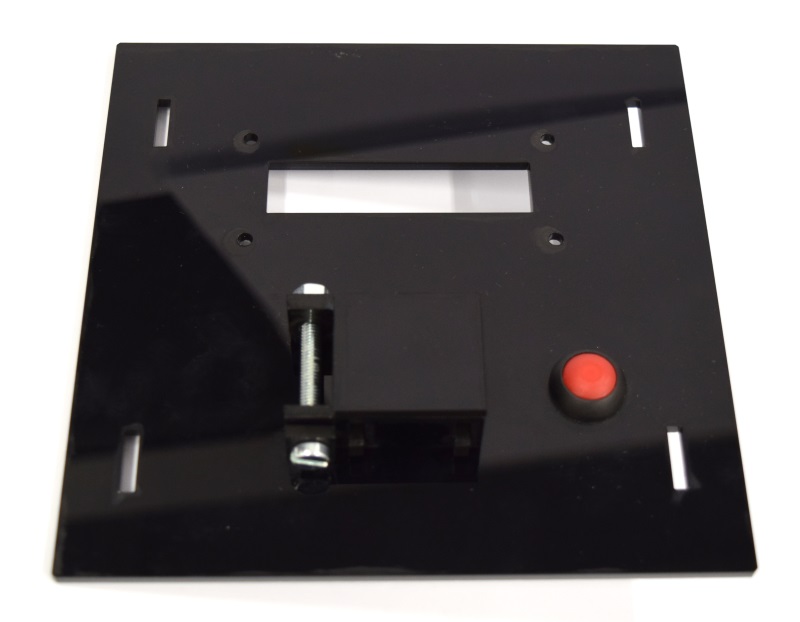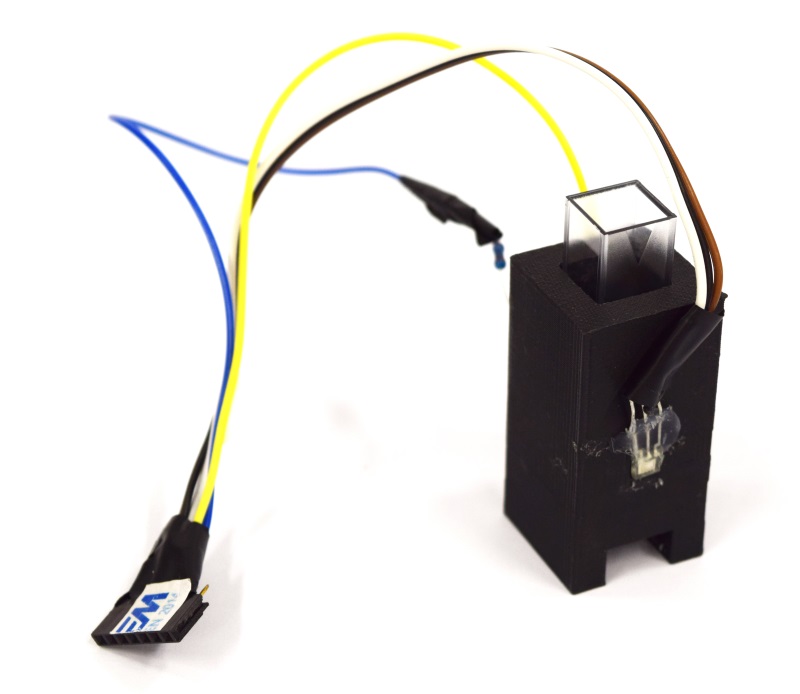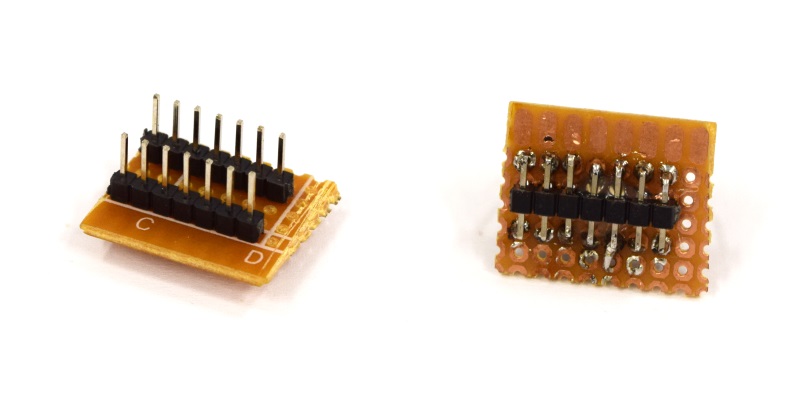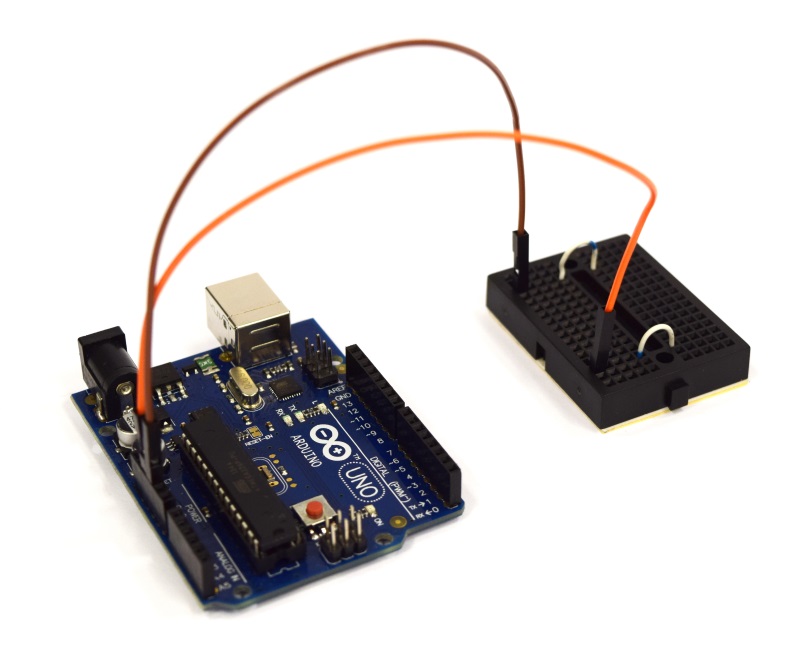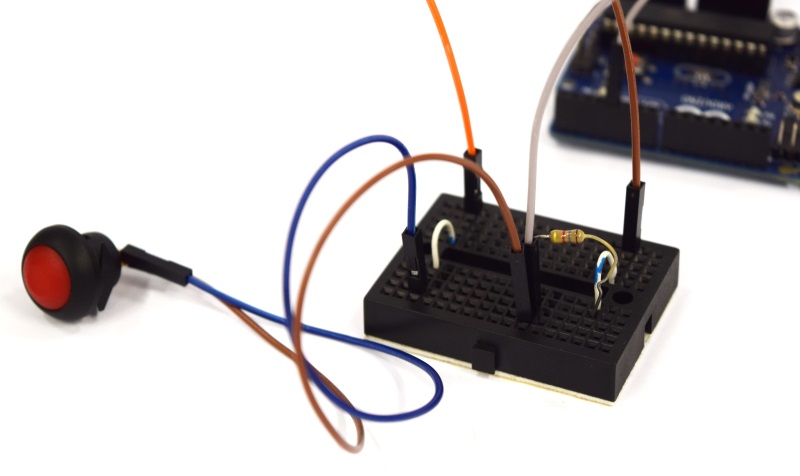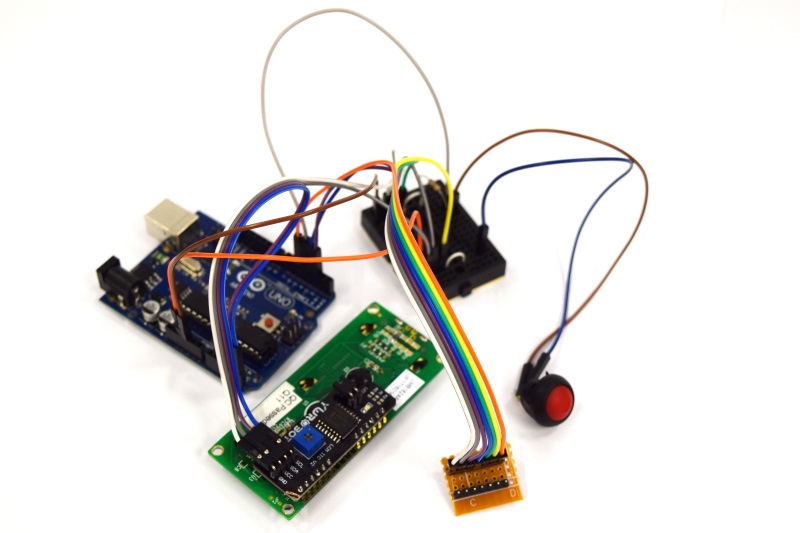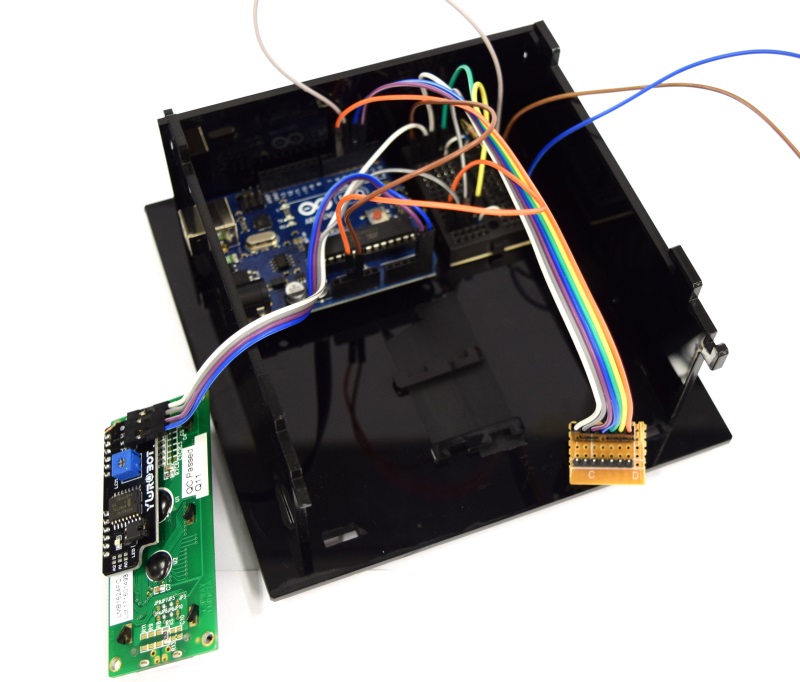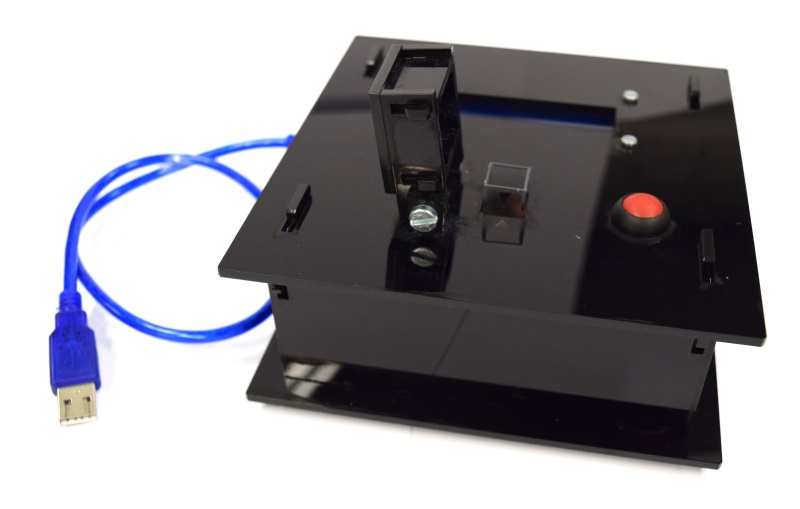Team:Aachen/OD/F device
From 2014.igem.org
(→From Transmittance to True Optical Density) |
(→OD/F device) |
||
| Line 4: | Line 4: | ||
= OD/F device = | = OD/F device = | ||
| - | Measuring Optical Density (OD) is a central element in microbiological work and synthetic biology | + | '''Measuring Optical Density (OD)''' is a '''central element in microbiological work and synthetic biology'''. One question that has to be answered often is how many cells are in a suspension. Here, the OD can give you a hint. Unfortunately, commercially available OD meters '''cost several hundred dollars''' ([http://www.laboratory-equipment.com/laboratory-equipment/cell-density-meter.php OD meter]), and can '''limit''' the spread of synthetic biology. |
| - | + | Therefore, we wanted to devenlop an alternative for measuring OD, '''specifically designed for BioHack-Spaces, DIY and community laboratories and schools'''. With our OD/F device, we want to enable many people to do good, precise and inexpensive science research. | |
| - | + | ||
| - | + | Especially for the [[Interlab Study]] '''fluorescence''', too, has been of importance. One aim of this study was to measure the correlation between OD and fluorescence. Since the taks of measuring OD and fluorescence are often performed at the same time, we want to present a device that can '''measure both fluorescence and OD''' with just some easy adjustments. This way, we can measure how much fluorescence there is per amount of cells. | |
| - | + | In fact, you can find some DIY posts for turbidity meters such as [http://www.thingiverse.com/thing:74415 Turbidity sensors]. However, a proper assessment of their linearity as well as a calculated OD-value are missing. | |
| - | + | ||
| + | Regarding fluorescence, we are of course not re-inventing the wheel (well, not totally). The [https://2010.igem.org/Team:Cambridge 2010 iGEM Cambridge] team actually built a very similar device, the [https://2010.igem.org/Team:Cambridge/Tools/Eglometer E.glometer]. However, there's no data available showing an actual comparison of the data from their device and some proven commercial system to, for example, to assess linearity of the measurement. | ||
| - | + | {{Team:Aachen/BlockSeparator}} | |
| - | + | ||
| - | + | ||
== Development == | == Development == | ||
| - | + | Building the OD/F device has been an interesting task. On the one hand, this device has been developed mainly by the IT division of our team. On the other hand, we got assistance from the biologists suffering from color-blindness, yet eager to help selecting the best color filters for the LEDs. For the next year, you really have to select carefully who's going to help with which task! | |
| - | + | ||
| - | + | ||
| - | + | ||
| - | + | ||
| - | + | ||
| - | Being naive, the computer guys first attached the sensor to the | + | The essential part of this device is the cuvette holder which has been created in an incremental development approach. First, a 3 mL volume was considered, and an optimal height of 1.5 cm from ground was determined as optimal. Indeed, this worked quite well for the large cuvettes, but unfortunately delivers random<sup>[[https://2014.igem.org/wiki/index.php?title=Team:Aachen/OD/F_device#fn1 1]]</sup> results on semi-micro cuvettes. We could determine that the cause of this problem originates from refractions on the sample surface in the cuvette which coincides with the measurement height.<span class="anchor" id="ref1"></span> Being naive, the computer guys first attached the sensor to the cuvette holder at approximately 1.5 cm, which was perfectly suited for 3 mL cuvettes. However, those are not widely used anymore, and we switched to 1.6 mL cuvettes. As it turns out, if the sensor sits at 1.5 cm, it just hits the position where the cuvette enlarges again and - most importantly - where the meniscus of the sample solution is located. This results in diffraction on the surface of the sample, and finally renders any measurement results into - from a computer scientific point of view - a perfect random number generator. |
| - | This results in diffraction on the surface of the sample, and finally renders any measurement results into - from a computer scientific point of view - a perfect random number generator. | + | |
| - | + | In summary, we had to overcome a dilemma created by the need for an optimal height for the sensor: | |
| - | The | + | * A too low sensor position bears problems with sedimentation as well as diffraction from the bottom of the cuvette |
| + | * The sensor has to be as close as possible to the bottom so that enough light shines through for the fluorescence measurement. | ||
| - | It is important to note | + | As a compromise, we place the sensor in 0.75 cm height, which, as it turned out later, is very close to one of the standard heights (0.2 cm, 0.8 cm, 1.2 cm) of OD meters. It is important to note that despite the minimal fill height of the 1.6 mL cuvettes of 1.2 mL, our device also works with filling volumens of just 1 ml, which comes closer to reality in the lab. |
| - | The final cuvette holder design | + | The final cuvette holder design was rendered in a stl-file shown below: |
<html> | <html> | ||
| Line 44: | Line 37: | ||
</html> | </html> | ||
| - | Once the cuvette holder | + | Once the cuvette holder was finished, '''finding good filters was a tough challenge'''. The overall goal has been to choose easily available parts which are also inexpensive. So choosing Schott glasses as filters unfortunately could not be considered. Instead, filters used for illumination of theaters seemed to be ideal solution. |
| - | + | ||
| - | + | ||
| - | + | ||
| - | [http://parts.igem.org/Part:BBa_E0040 GFPmut3b] has a peak excitation at | + | Especially for the fluorescence measurements of GFP this has been a big problem. [http://parts.igem.org/Part:BBa_E0040 GFPmut3b] has a peak excitation at 501 nm and a peak emission at 511 nm - too close together for our low-cost filters. Thus, we chose to excite at around 485 nm reduce false positive results below 500 nm. However, no adequate filter for these settings could be found. |
| - | + | Eventually, using the dark greenish Twickenham Green filter only little amounts of light shorter than 500 nm got through, reducing any bias excitation illumination significantly. Unfortunately, the transmission rate of this filter is quite bad, at 20 %, for the target emission wavelength. | |
Also for the OD measurement we had similar problems. The solution to this problem is presented in the F device section. | Also for the OD measurement we had similar problems. The solution to this problem is presented in the F device section. | ||
Revision as of 19:49, 11 October 2014
|
|
|
|
|
|
|
 "
"

